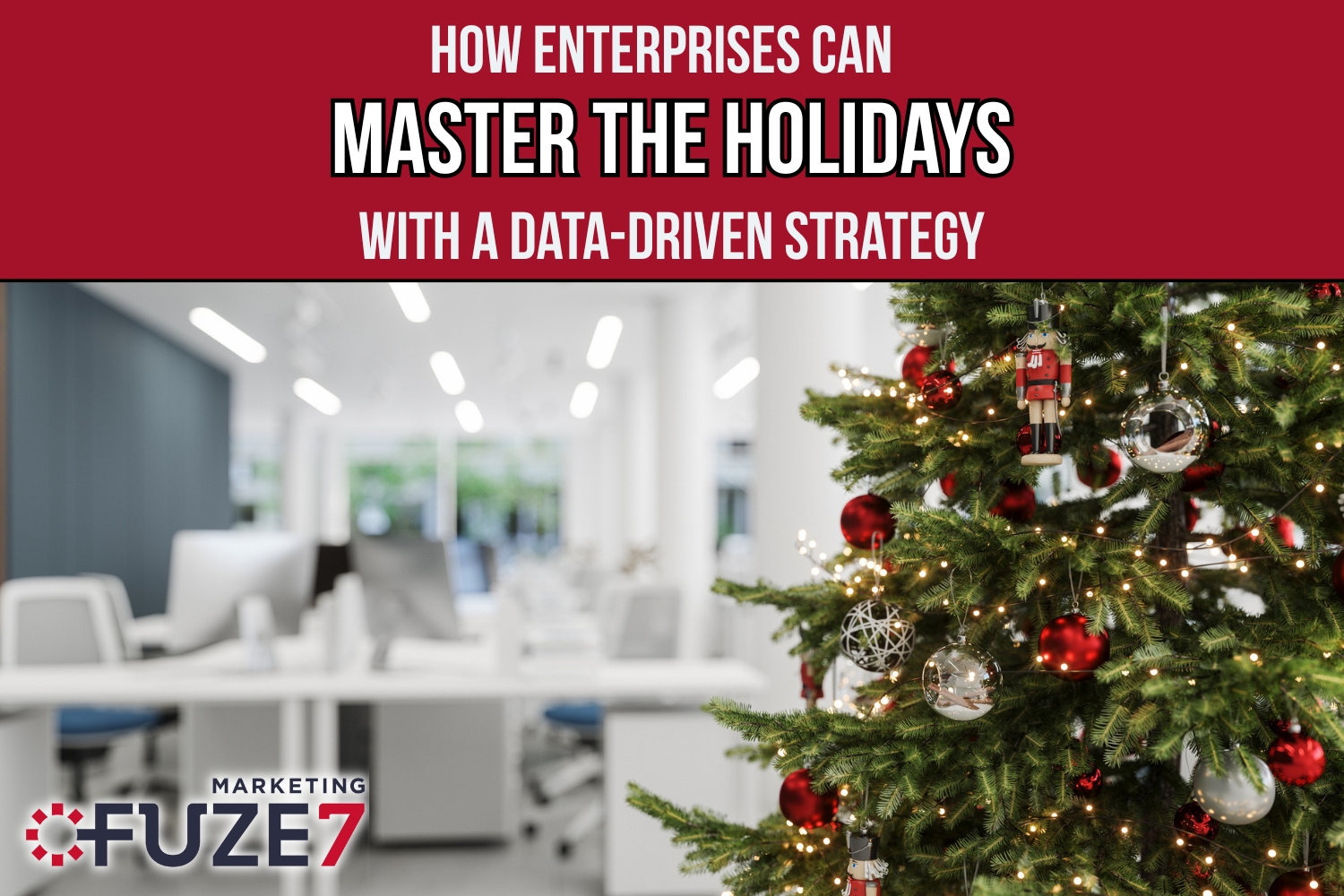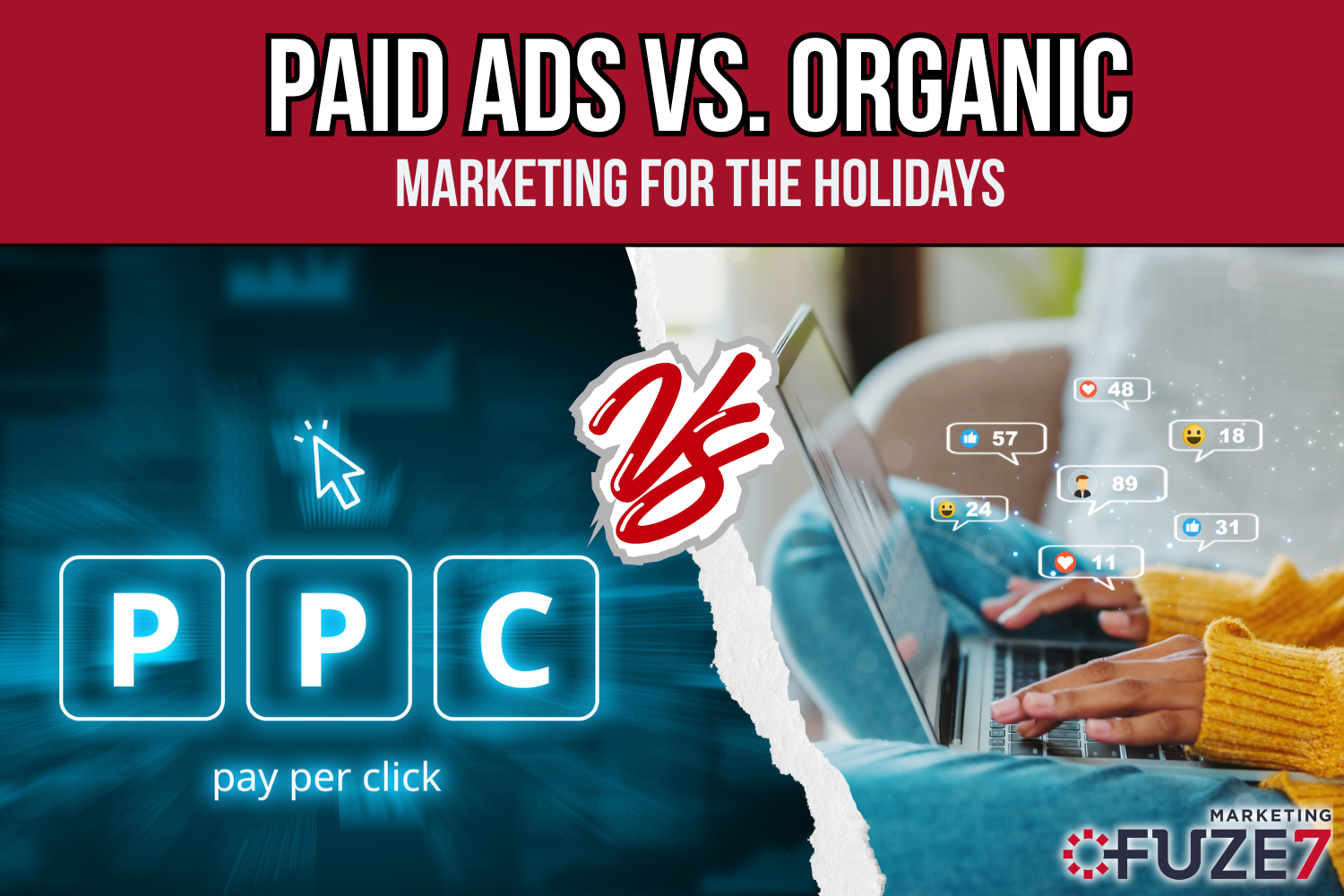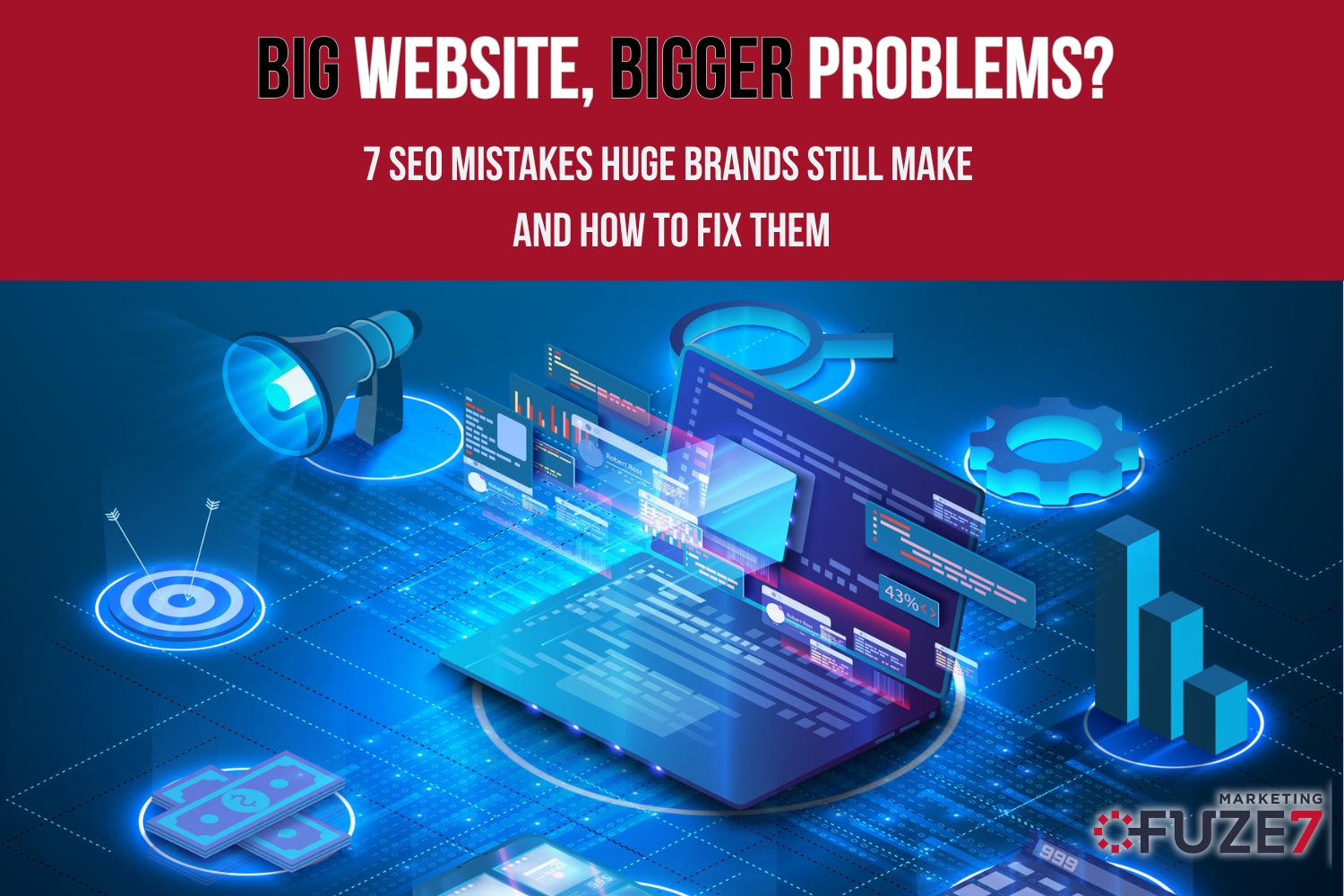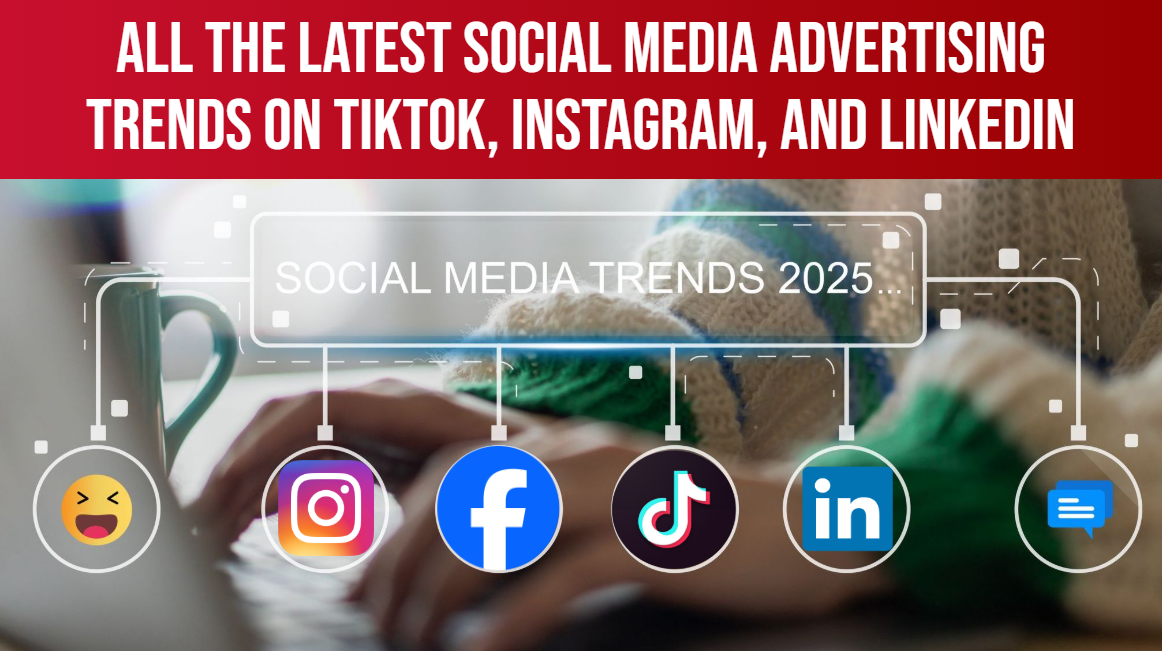You’re not alone if this sounds familiar: it’s November 1st, your team is scrambling, and your holiday campaign feels complicated and too late and too early at the same time. Meanwhile, your competitors have already deployed two rounds of promos. Big budgets or not, holiday marketing demands clarity, agility, and smart decisions backed by real data and insights.
For enterprises, holiday campaigns aren’t just about Black Friday weekend but also about taking advantage of an entire season of sales and exposure. The difference between “we did okay” and “we smashed goals” often comes down to data, timing, and trends. We can walk you through how large businesses can leverage those three pillars, avoid common pitfalls, and execute campaigns that feel intentional, not reactive.
Data Is the Foundation You Can’t Skip
If your marketing campaign does not include taking metrics and changing directions several times along the length of the campaign, you’re not doing it right. A successful digital marketing holiday campaign focuses on measuring KPIs and pivoting when a strategy does not pan out as you had hoped.
Know Your Baseline and Build Forward
Before you launch anything, gather your own performance history: holiday season data from the past 3–5 years, segmented by product line, geography, and channel. This historical baseline gives you a starting point. Many enterprises skip this in favor of chasing benchmarks, which is a big mistake.
Then layer in external signals. Adobe forecasts U.S. online holiday sales to reach $253.4B in 2025, a 5.3 % YoY bump. That’s a useful statistic to start with. If the entire market is rising 5%, your enterprise-level goals should reflect that.
Finally, integrate first-party data. Your CRM, loyalty program, or previous holiday buyers are gold. Segment them (e.g., high spenders, lapsed buyers, early shoppers) and tailor campaigns accordingly.
Use Predictive & Real-Time Analytics
Forecast modeling that breaks down demand, inventory, media costs, and more is nonnegotiable. Modern tools now apply machine learning to anticipate surges or dips in demand around flash sales, supply chain delays, or tariff shifts. For example, generative AI is already influencing shopping behavior predictions in real time.
Beyond forecasts, run lightweight real-time dashboards during the season. Monitor conversions, return rates, creative fatigue, and cost per sale. Shift budget mid-flight toward winning tactics. That’s how enterprise brands stay nimble.
Timing Is Knowing When Your Moves Matter Most
Start early, be flexible, and enjoy your holiday campaigns. Absorb the excitement of advertising your brand and welcoming new customers into your community.
Don’t Wait for Thanksgiving
The holiday window is shrinking, but winners expand it. The facts are that 2025 demands that brands launch in October, not the end of November.
Starting early gives you data to recalibrate before peak days like Cyber Week. Review customer feedback and make necessary changes before more shoppers learn about your brand. Rolling out holiday campaigns in October rather than November also helps you avoid oversaturating audiences right when media costs skyrocket.
Burst vs. Stretch Campaigns
Plan in waves with buzz words like “Early Bird,” “Peak Push,” and “Last-Minute Rescue.” During low-competition mid-November, go broader. During Cyber Week and after, deploy high-urgency bursts. Mix in surprise flash promos, but don’t let those cannibalize your full-season offerings.
Align Inventory & Creative Timing
Don’t just time ads; be intentional about product supply and creative refreshes. A best-seller running out of stock during a promo kills momentum. Rotate visuals every 7–10 days to avoid ad fatigue. Use seasonal storytelling that drifts from discovery to urgency as holiday weeks progress.
Trends That Drive Results
Highlight your product or service in a way that fits in with the trends. Where do people want to spend their money right now? Even if money is tight, what need does your brand fulfill?
Shoppers Want Value, Not Just Discounts
Your holiday marketing must emphasize value, including durability, experience, and meaning, not just markdowns. Think back to why you started your company in the first place: to fulfill a need that you desired that wasn’t out there yet. Play into that feeling when planning your holiday marketing campaign so customers can also recognize how valuable your offering is.
Craft bundles, complementary add-ons, or limited-edition holiday SKUs. Show you know your customers and “why choose your brand” beyond just “lowest price.”
AI & Generative Tools Are Part of the Playbook
AI isn’t a gimmick; it’s shaping how consumers shop. Adobe expects a ~520 % increase in traffic from AI-originated referrals this season. Use AI for creative A/B ideas, budget allocation, and predictive segmentation. But don’t let it replace human strategy altogether.
Omnichannel Is Table Stakes
Consumers move across streaming TV, mobile, desktop, and in-store. Seamless transitions across screens, not just presence on each, is what wins.
Further, 64% of holiday shoppers switch between scrolling, streaming, searching, and shopping in a day. Your message must be consistent across those journeys.
Payment Flexibility & Buy Now Pay Later Options
Buy-Now-Pay-Later (BNPL) continues rising. Highlight your flexible payment options in ads and landing pages. For buyers who hesitate, the option to pay over 3 months can tip them over the edge.
Common Challenges & Solutions
As a growing brand, you are not alone when it comes to challenges with preparing and keeping up with sales during the holiday season. Being aware of common challenges will only help you prepare for the unexpected.
“Our team is too small for this scale.”
Many enterprise leaders feel they lack bandwidth. That’s precisely where an agency like Fuze7 Marketing can plug in, running end-to-end holiday execution while you focus on core operations.
“We don’t want to leave money on the table with discounts.”
Use tiered incentives. Offer deeper discounts to your mid-tier buyers first, then manage margin pressure with loyalty rewards and upsells.
“We don’t trust forecasts.”
That’s fair. Use forecasts as directional starting points, not rigid scripts. Combine them with live campaign data, and pivot. Going “all in” on forecasts rarely works.
5. Action Plan: Holiday Strategy Checklist
- Audit historical holiday data — baseline by SKU, region, and channel
- Launch early campaigns (October) to capture demand and test creative
- Segment with first-party audiences for tiered offers
- Set up real-time dashboards for conversions, ROAS, returns
- Rotate creative often and refresh messaging in waves
- Leverage AI for budget shift & ad testing (not replacement)
- Align inventory, ensure no stockouts near peak
- Prominently feature BNPL / flexible payments
- Deploy burst campaigns during high windows like Thanksgiving, Cyber Week
- Do a post-mortem for next season’s refinement
Why Fuze7 Is Your Ideal Holiday Partner
Enterprise holiday marketing can feel chaotic, no matter how prepared you are, and doing it all with your in-house team overworks employees who are already stretched thin. That’s where Fuze7 steps in. We offer full-funnel enterprise capabilities—data strategy, creative, ad execution, analytics—in one trusted partner. No more coordinating five vendors.
We’ve helped large brands scale smarter, move faster, and refine each year’s holiday strategy. Are you overwhelmed by your holiday roadmap? Let’s work together. Contact us and we’ll walk you through a custom plan.








